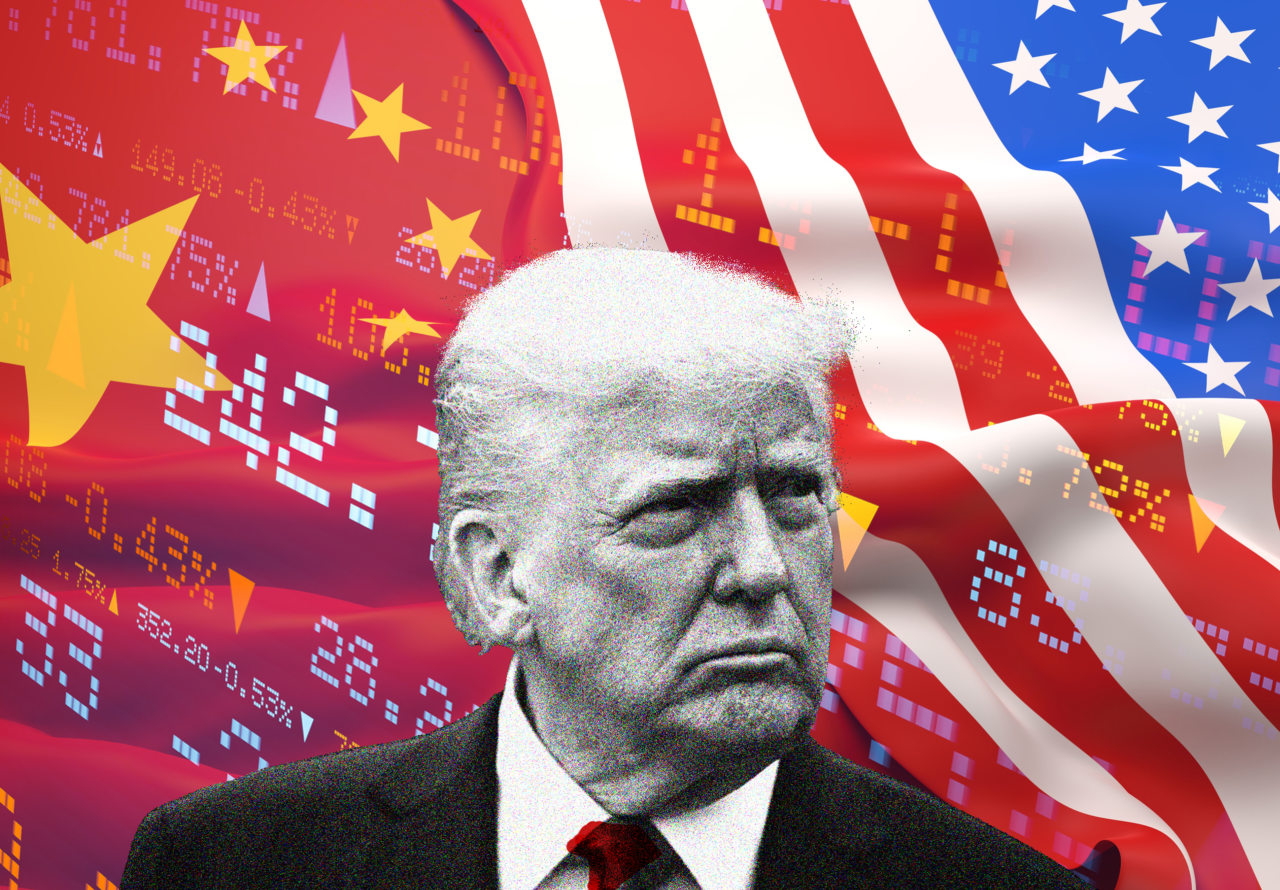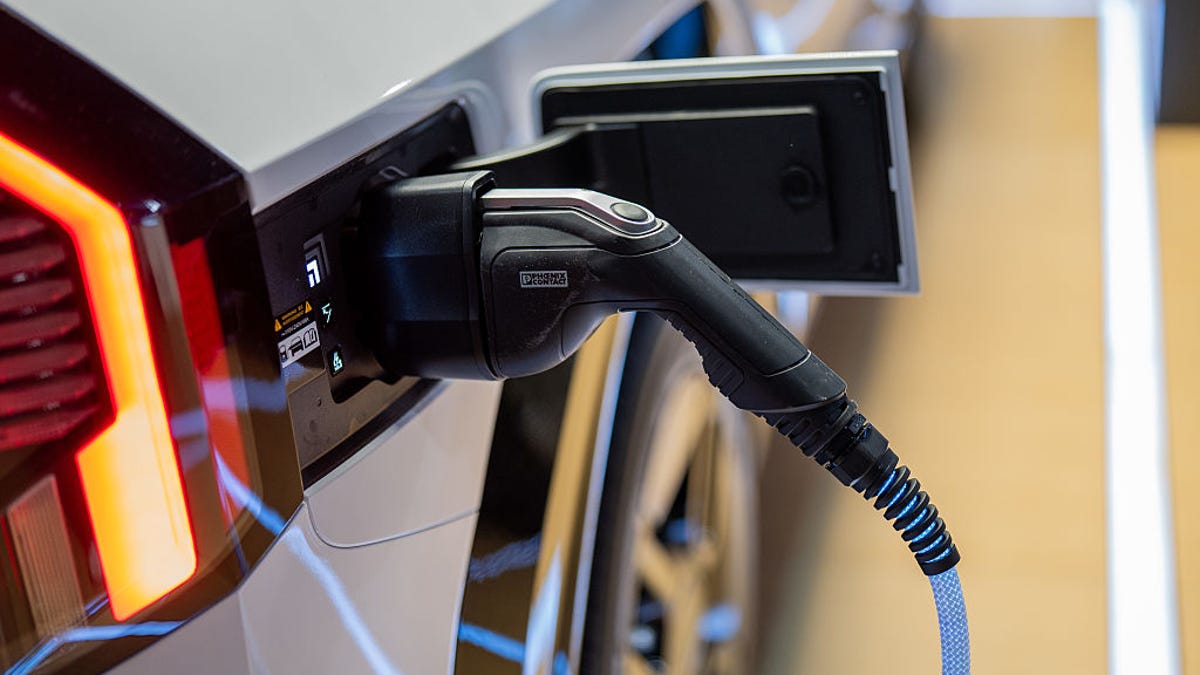Experts Alarmed by China's Enormous Army of Robots
As Trump's trade war brings new levels of uncertainty to American manufacturing, it seems one aspect has been overlooked: China's massive legion of robot workers. A new report by the New York Times on Chinese robotics is shedding light on enormous scale of automation across the western pond. The report highlights the fact that China is currently one of the most automated countries in the world, with more capacity than the US, Germany, or Japan, and more robots per worker than any other country besides South Korea and Singapore. Automation on such a massive scale enables Chinese factories to pump […]


As Donald Trump's trade war brings new levels of uncertainty to American manufacturing sector, one issue seems to have been vastly overlooked: China's massive legion of robot workers.
New reporting by the New York Times on Chinese robotics is shedding light on the enormous scale of automation happening across the Pacific. The article highlights the fact that China is currently one of the most automated countries in the world, with more capacity than the US, Germany, or even Japan — and more robots per worker than any other country besides South Korea and Singapore.
Automation on such a massive scale enables Chinese factories to pump out consumer and industrial goods at ever-decreasing costs, while fine-tuning product quality.
The US, by comparison, is quickly falling behind in robotics. In the past years, American manufacturing has shifted from consumer and industrial goods to high-tech products like airplanes, medical devices, and advanced machinery. These gigs call for highly specialized skills that can't easily be turned over to robot underlings — at least, not without dramatically shifting our robotics industry away from pie-in-the-sky startups to practical manufacturing efforts.
As it turns out, that's exactly what China did to become the robo-mecca, starting in 2015 with a national strategy called "Made in China 2025." As the name implies, the government-led effort laid out performance and quality benchmarks for Chinese manufacturing to hit by this current year, including in sectors like shipbuilding, electric vehicles, and high-speed rail.
Among the goals was capacity to produce 100,000 industrial robots a year, according to the state-run outlet China Daily. A recent report by the International Federation of Robotics found that between 2022 and 2023, China deployed over 276,00 roboworkers — over half of all robots installed throughout the globe, and the second highest annual industrial robotics deployment ever recorded.
Further complicating things for the US is unique access to heavy rare earth metals, which are crucial for high-tech manufacturing, particularly robotics. US factories are heavily reliant on these materials, giving China a huge bargaining chip in Trump's trade war.
Case in point, China halted the export of rare metals to the US earlier this month in response to Trump's tariffs — prompting an outcry from his close ally Elon Musk, who said it would hinder his own robotics efforts — on top of other measures meant to strengthen Beijing's position at the negotiating table.
Weeks later, Trump made the announcement that threatened tax rates on Chinese goods will "come down substantially," suggesting that the Chinese government played their cards well.
It'll likely be a while before we see who emerges the victor of this trade war, if anyone really "wins" at all. But if US leaders want to get serious about stepping up their manufacturing game, it seems there's one obvious choice: stop quarrelling, and start cooperating with the clear winner in the robotics arms race.
More on China: Space Force Says a Chinese Spacecraft Is Practicing Dogfighting Maneuvers in Orbit
The post Experts Alarmed by China's Enormous Army of Robots appeared first on Futurism.



![How AI Use Is Evolving Over Time [Infographic]](https://imgproxy.divecdn.com/YImJiiJ6E8mfDrbZ78ZFcZc03278v7-glxmQt_hx4hI/g:ce/rs:fit:770:435/Z3M6Ly9kaXZlc2l0ZS1zdG9yYWdlL2RpdmVpbWFnZS9ob3dfcGVvcGxlX3VzZV9BSV8xLnBuZw==.webp)
























































































































































































